Ertach Kernow - 1872 ago from historic Cornish journals
I thought it would be interesting to see what was being reported in the journals of two of Cornwall’s oldest institutions the Royal Institution of Cornwall based at the Royal Cornwall Museum and the Royal Cornwall Polytechnic Society located in Falmouth, from 150 years ago in 1872.
One of the articles in the Journal for the Royal Institute of Cornwall was a report by the Reverend Prebendary Kinsman M.A. Constable of Tintagel Castle. Coincidently this week saw a major conference taking place at Truro College relating to recent and past excavations at the castle site. This year, as mentioned in a previous article, marks the 750 anniversary of the death of Richard Earl of Cornwall, who constructed the medieval castle around 1233. In his report Kinsman acknowledged that the site was surrounded by archaeological difficulties, these he believed would have been very apparent to the critical and accurate Antiquarian. The Reverend Kinsman believed that the castle ruins on the island and those on the mainland would have been connected in the past but separated due to erosion and landslips. He confirmed that there was continuous erosion to the cliff on the northern part of the ruin. From his discussions with local people, who had observed landslips along the cliff, it would appear that the castle originally occupied a much larger site to the west of the cove. In his Survey of Cornwall published in 1602 Richard Carew notes that in the living memory of living men the two parts were joined, and a drawbridge existed. This was mentioned by Kinsman, who also noted that the castle was ruinous as mentioned in the Caption of Seisin of the Duchy of Cornwall in 1337. This survey carried out on the manors, land and endowments of the new Duchy of Cornwall when Edward of Woodstock, better known perhaps as the Black Prince was created the first Duke of Cornwall on 3rd March 1337.
This is the description and value of Tintagel Castle at that time. ‘There is there a certain castle competently walled in which there are two chambers (out of repair) over the two gateways. One chamber with a small kitchen adequate for the constable, a weak stable for eight horses, a cellar, and a bakehouse in ruins. And be it known that the timber of the great hall of this castle was taken down at the command of the lord John, late earl of Cornwall, because the said hall was ruinous and the walls of no strength. And the said timber remains shut up there in a certain house. And there is also there a sufficient chapel in which there is a certain priest daily celebrating divine service taking 50s. yearly for a chantry. And he has custody of the said castle; nothing is to be taken for the said custody, but a certain constable is accustomed to be there and takes daily 2d., and yearly for his robe 13s. 4d. And pasture within the said castle is worth two shillings yearly.’
William Copeland Borlase the great great grandson of Dr William Borlase, the antiquarian and former rector of Ludgvan, gave a talk to members of the Royal Institution of Cornwall about a fresco discovered in Ludgvan Church. In 1740 masons working in the church had brushed the walls of the church ready to apply a fresh coat of lime and had brought down a thin layer of plaster. This uncovered a fresco that appeared on both sides of the north door, depicting St Christopher with a staff and various other animals, birds, flowers and creatures including what appears to be a mermaid. There also appeared to be a small chapel or oratory within the fresco.
Around this time a number of similar wall paintings were discover including at Mylor, Launceston, Cardinham and Lanivet. There are extant paintings at Breage discovered during renovations in 1890. Ludgvan’s fresco was said to have been one of the best, but sadly no longer exists. Dr William Borlase was certainly not impressed and wrote in his records; ‘It must be confessed that such Fooleries scarce deserve a place here without apology, much less a place in the house of God; but in times of ignorance, Devotion will be always jostled, and disgraced by superstitions, not to say profane trifling’s.’ William Copeland Borlase concluded his talk with ‘I need hardly say the painting was very properly embedded protestant whitewash and has never since seen light.’ Sadly, there is no chance of further discovery, the plaster on the walls later being hacked off back to the bare stone, but at least Dr Borlase had drawn and recorded it.
Meanwhile whilst The Royal Institution was looking at aspects of Cornwall’s past the Royal Cornwall Polytechnic Society was looking to the future and new innovation. It did however award prizes for arts, crafts and writing. Again, coincidentally the 1872 report contained an essay on Tintagel written by a Charles Bennett in the under 18 category. He was awarded 10/- (50 pence) worth about £60 in today’s monetary value. Nothing particularly startling to report, except unsurprisingly King Arthur features heavily in Charles’ essay.
The judges report for the 40th exhibition of the Royal Cornwall Polytechnic Society noted that there were many objects of considerable importance to the mining and other interests in Cornwall. They mentioned I particular a beautiful model of a Cornish pumping engine constructed by the Perran Foundry Company for the Royal College of Science in Dublin.
High praise went to Thomas Borlase’s patent Ore-dressing machine which due to its simplicity and effectiveness was awarded a First Silver Medal. Nicholas Ennor exhibited working models of Stamps, used to pound and crush ore from mines. Ennor patented an improvements that greatly reduced friction, he also exhibited a model of his Ore dressing machine and was awarded a Second Silver Medal. Other mining exhibits also received honours and prize money. There were inventions and machines that also contributed to other industries such as Shute’s Patent Mitring Machine of use to carpenters, joiners and picture frame makers. This received a Second Bronze Medal and similar devices are still seen and used. Alfred Paget was awarded a First Bronze Medal for his Patent Garden Pump. There were a number of illustrations showing how the pump worked as well as a ‘lady’ using this piece of gardening equipment. One of my favourites from this exhibition was the ‘Little Rapid Family Knitting Machine. We had one of these when I was growing up, although I never got to use it. When working at full speed it would make 25,000 stitches or 22 inches of perfect knitted work a minute. It would knit flat and tubular web and finish a sock without any sewing. Apparently visitors were amazed at the variety of garments it would make and was one of the most popular exhibits at the exhibition.
The Victorian period was one of great innovation and invention and even today with all our electronic technology we still use many 19th century gadgets, albeit updated with additional automated functions melding engineering and digital technology.
One of the regular topics of conversation throughout Britain is the weather, perhaps because our island location allows this to be so varied. The Royal Institution journal was always keen to provide information and the 1872 edition provided a wealth of information for 1871. A summary for the first three months of the year stated ‘..the frost and snow in January stopped all outdoor farm work; pastures were bare, and the scarcity of fodder was severely felt. Towards the end of February, under the influence of higher temperatures, shrubs and early fruit trees began to bud; but all kinds of vegetables were scarce. During March agricultural operations progressed vigorously; the land was found to be unusually free from insects, and at the end of the quarter a very large breadth of land was under cultivation; but vegetation was still backward and forage very scarce. April was generally mild and damp, but interestingly on 5th April there was a remarkable solar halo.’ Our weather for the first three months of this year shows quite a difference to the same period 150 years ago. Let’s hope that this continues for us because the rest of 1871 year was pretty grim, even the summer months with July cold and wet with rainfall twice the average. The weather in August improved somewhat, but they had a tremendous numbers of heavy showers and thunderstorms. The autumn and winter weather carried on in the same vein, although they acknowledged it was nowhere as cold as elsewhere in Britain, which is something we still appreciate.
We are fortunate to have such long standing institutions in Cornwall. They provide us with a wealth of recorded knowledge about the past and what earlier antiquarians and those involved with science and engineering interested themselves with. Many historic monuments, like Ludgvan’s fresco, have been destroyed or lost but fortunately have been recorded and passed down for future generations.
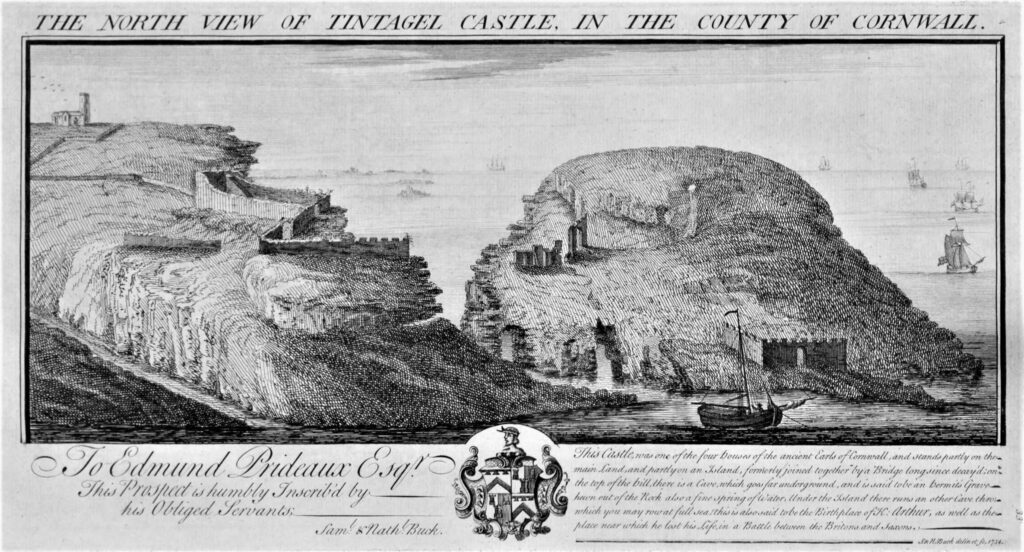
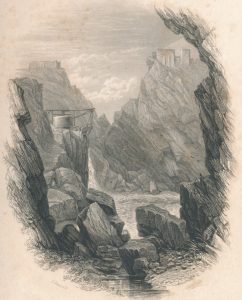
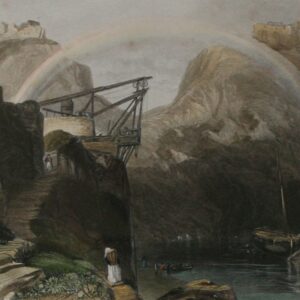
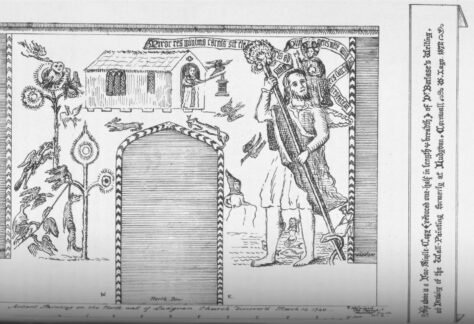
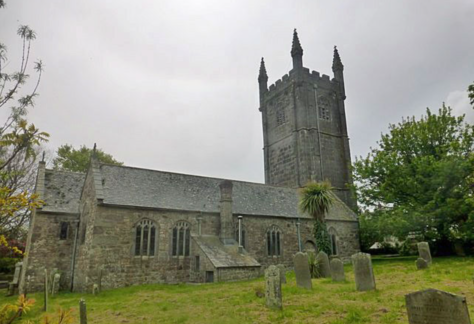
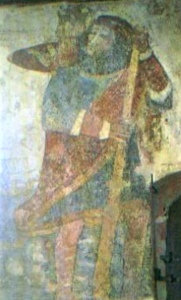
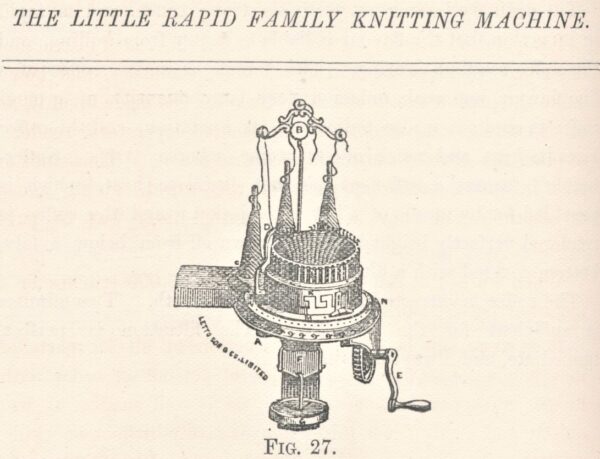
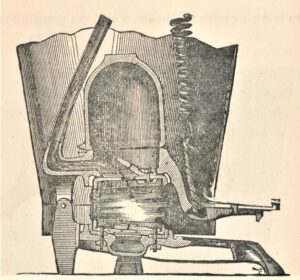
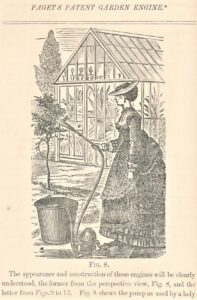
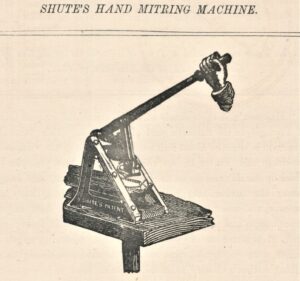
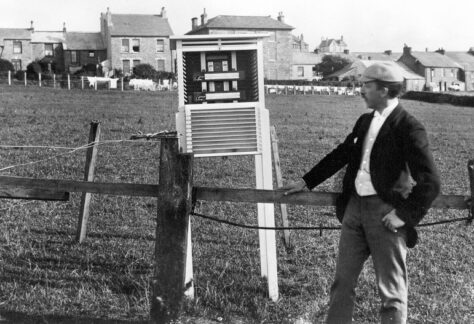
![[96] Voice - Ertach Kernow- 27.04.22A Journals from 1872 [S] Ertach Kernow - Journals from 1872](https://www.cornwallheritage.com/wp-content/uploads/2022/05/96-Voice-Ertach-Kernow-27.04.22A-Journals-from-1872-S-228x300.jpg)
![[96] Voice - Ertach Kernow- 27.04.22B Journals from 1872 [S] Ertach Kernow - Journals from 1872](https://www.cornwallheritage.com/wp-content/uploads/2022/05/96-Voice-Ertach-Kernow-27.04.22B-Journals-from-1872-S-228x300.jpg)
![[97] Ertach Kernow Heritage Column - 27th April 2022 - New Cultural Projects Ertach Kernow Heritage Column - 27th April 2022 - New Cultural Projects](https://www.cornwallheritage.com/wp-content/uploads/2022/04/97-Ertach-Kernow-Heritage-Column-27th-April-2022-New-Cultural-Projects-280x300.png)